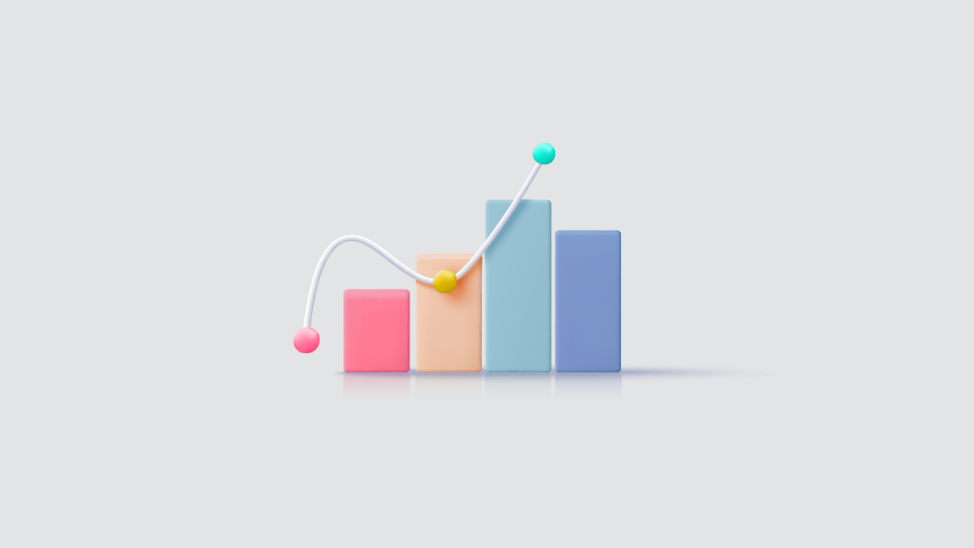India's Healthcare Burden on the Rise

- Published Date: January 18, 2024
- Updated Date: January 18, 2024
- By Team Choice
When the pandemic hit, India's healthcare industry faced significant challenges, including issues related to affordability, shortages, and access.
The emerging crisis greatly affected the healthcare industry, with one particularly worrying outcome: a significant surge in medical inflation. Although the impact of the Wuhan virus has diminished, healthcare costs have not subsided; a recent report indicates that medical inflation continues to rise.
A new report by Insurtech Company Plum, titled
Health Report of Corporate India 2023India’s medical inflation stands at 14% more than twice as high as the retail inflation.
Moreover, it represents the highest medical inflation in Asia,
Highest Medical Inflationsurpassing the trends observed in other countries such as China, Indonesia, Vietnam, and the Philippines.
Medical expenses impact various aspects, ranging from the prices of medications to medical treatments and procedures. For example, the cost of hospitalization in India has more than doubled in the past five years, raising concerns.
The expenses for treating common ailments requiring hospitalization have more than doubled over a five-year period, according to data from insurance claims. Health insurance claims for infectious diseases and respiratory disorders have been increasing at a faster rate than medical inflation, which, at 14%, is twice as high as retail inflation.
Medical inflation erodes family savings it chips away at reserves for emergencies, let us show you how.
According to the Indian Journal of Public Health Research - a significant number of households in India lack the financial resources to cover the costs of hospitalization.
Approximately 66% of households in the lowest group of monthly per capita expenditure use their personal savings to meet medical expenses. Another 5% obtain financial assistance from friends or relatives, while 28% resort to borrowing money or selling assets.
A minimal percentage, less than 1%, rely on alternative sources, including protection schemes, to address
The financial burden of hospitalized treatmentThus, the current scenario is challenging!
In addition, approximately 59% of individuals overlook their annual checkups, and a significant 90% disregard regular consultations crucial for monitoring their health. The implications of these statistics raise concerns about the potential long-term impacts on individual well-being and overall health outcomes.
People often set aside tests and symptoms, waiting for the situation to worsen, which ultimately escalates the overall cost of addressing their health issues.
Due to this approximately 8%-9% of Indian households went below the poverty line due to healthcare expenses, according to a study conducted by economists from the National Institute of Public Finance and Policy, relying on data from the National Statistical Office.
WHO NSSO report 2019This is distressing and unjust!
Health insurance exposure in India remains exceptionally low, primarily due to limited outreach, insufficient awareness, and a lack of education.
This results in a significant burden on individuals, as approximately 75% of Indians have to pay for their medical expenses from their own pockets. Regrettably, a large proportion of the population is not covered by either government or private health insurance schemes.
According to the National Family Health Survey-3, around 70% of urban and 63% of rural households rely on private hospitals, where healthcare service costs tend to be considerably higher than those in government-owned medical facilities. Hence, individuals from the middle and upper classes are more inclined to seek services in private hospitals.
World Population Day Indian Population vs Health Insurance PenetrationBut, even with the purchase of insurance, challenges persist.
A common issue witnessed by policyholders is the delay in settling insurance claims. Insurance companies sometimes take an extended period to process and settle claims, leading to inconvenience and financial strain for policyholders.
Medical insurance policy premiums have increased by 10-25% in the past year, driven by factors such as medical inflation, technological advancements, and heightened awareness for improved healthcare facilities.
Medical insurance premiums surge by 10-25% due to rising costs, increased demandIn fact, according to Money9's survey, 67% of individuals who broke their savings identified medical expenses as the primary financial challenge. Approximately 22.3% of people broke their savings specifically to cover treatment costs.
Why did indians encash savingsTherefore, rising medical inflation has the potential to erode the financial well-being of both individuals and families.
Thus, India faces pressing healthcare challenges, marked by soaring medical inflation, delayed insurance claims, and insufficient coverage. Urgent reforms, including increased awareness, accessibility, and insurance penetration, are vital for alleviating financial strain and fostering a healthier society.
Recommended for you

Lloyds Engineering Works Ltd Right Issue 2025

Investing in India’s Defence Sector: A Strategic Opportunity Through Mutual Funds

Dearness Allowance Hike Likely in July 2025: Here's What Central Government Employees Can Expect
